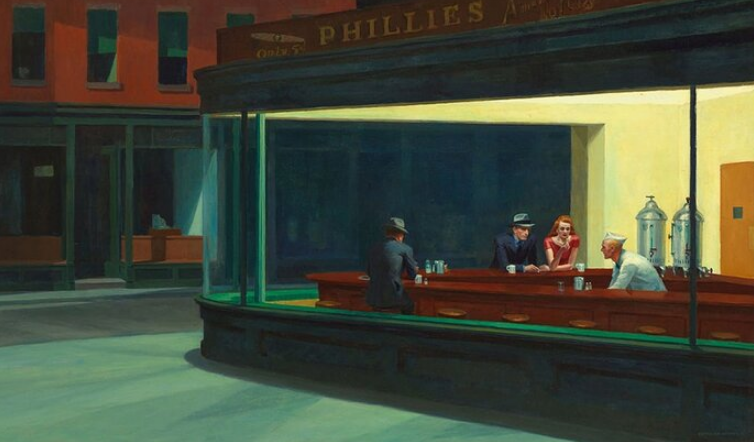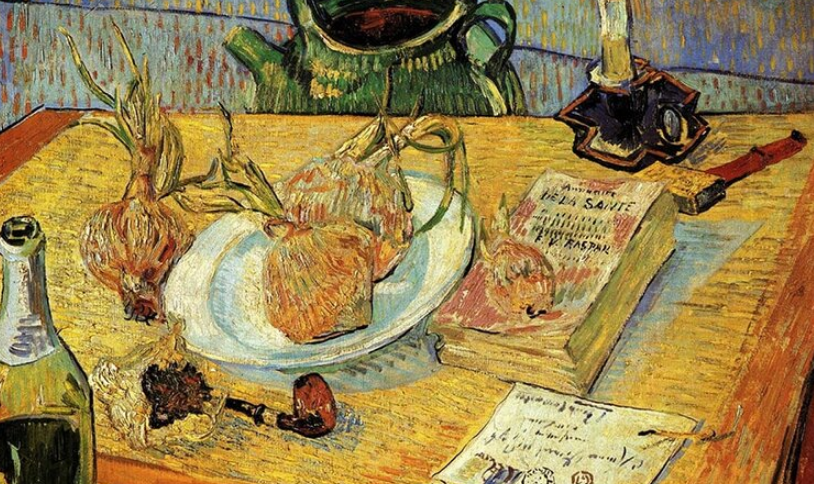Plan a drawing or painting. I don’t understand you, but when I listen to the speech “composition,” the first thing that comes to mind is where to place the old bottle of red wine about the fruit bowl in a still life. But obviously, the subject of composition in the arts is much broader and more critical, not only for still life’s but also for landscapes, architectural sketches, portraits, and even abstract art, as I already presented in my article, on how to beat the white page syndrome in the world.
All great artists, professionals, and amateurs alike put a lot of effort into planning their main pieces. You will find that in many of the most famous drawings and paintings some drawing ideas have been thought through to the last detail, and nothing has been left to chance. A work of art does not begin with the first brush or pencil stroke but much earlier. Once the artist has settled on the general theme, he will look for the best way to portray it. It includes what part of the theme to view, angle, medium and style to use, design practices to support (or break), and many more.
What is the composition?
Such a simple word, such a complex subject. The short story: work is what you give your spectator and how you give it to them. It includes more than just arranging parts of the theme, like drawing that glass of red wine next to or after that pot of products or anywhere to put people in this beach scene. And by no means is it something that should only be of concern to master artists. The composition includes complex matters like points and geometry and fundamental decisions about cropping and choosing a color.
You will need to think about what part of the subject you want to be your focal point and what direction and angle you want to draw it. Any decision you make can guide the viewer to specific thoughts and conclusions, and even the smallest detail can completely change the feel and message of the artwork. However, there is no pressure!
Choice of theme

As with all things in life, tastes are different. An old pair of boots inspire some artists, others by a beautiful sunset over the sea or a lovely girl with her hair blowing in the wind. There is only one basic rule of thumb here: if you want to create an exciting piece of art, you need to choose a subject that interests you. Drawing a fruit crate when you’re not in the slightest interested in those hips and grapes is a loss of time and expertise. You can’t make good art if you don’t care what you’re drawing.
Creating art involves making others see what you see, and if that is “boredom,” that is what your complete work will show to onlookers. Find something you want to draw, and then bring it to life on your canvas. But I’ll say this: sometimes its worth giving a topic a little consideration before dismissing it as dull. It may seem deadly dry to style a pair of boots, for example, but looking at them closely, the shape, the material, and the subtle abrasions can create quite an intriguing motif.
Trim
When you look at your subject, be it a landscape, a still life, or a person, you inevitably see more than you can (or might want to) include in your final drawing. Due to the way human eyes work, we can see what is directly in front of us and things slightly to the side, above, or below. However, the canvas is a flat and limited 2D surface. For example, if you are looking at your backyard, you will need to decide which parts you want to draw. It could be just the pond with the bushes around the edges or the entire area from one side of the fence to the other. If you draw the whole backyard, perhaps you would like the pond to be the focal point because it naturally stands out as an exciting feature.
However, if you draw the pool, the focal position would be part of it, maybe like the water plants or the little water. You can often create an intriguing design by cutting out parts of a whole. For example, you can show only details of the entire fruit basket, instead of the total, or just the upper part of your model’s torso, instead of head to toe. If you are having a hard time deciding on a good crop, the easiest option is to use both hands to create a square to look at and zoom in closer and closer to your subject to see which view works best.
Points of view
The angle from which you show your scene, from above, from below, from near or far, has a significant effect on how the viewer will relate to it. If my theme is a family picnic in the park, I can make the viewer feel part of the scene by showing it up close and from an eye-level (head) view. On the contrary, if I want the viewer to feel like a mere observer, I can show the family from a little further away and sitting below the viewer’s eye level (seen from above).
Mathematical design rules
We won’t go into too much detail here, as it’s a pretty complex topic that we could talk about for weeks. It’s terrific for beginners and hobbyists to be aware of just a few key elements and worry about the finer details at a later stage. Once artists of the past had devised some fundamental geometric rules for creating balanced and pleasing compositions, there was no going back. We still use them today, sometimes intuitively, and sometimes deliberately.
One of the most used design rules in art and photography is the rule of thirds. The painting is split into nine sections, three horizontally and three vertically. The focal point, and often the horizon, is placed on the imaginary dividing lines or intersections rather than directly in the center of the canvas. It often makes a piece more interesting.
Colors
Another topic can get as complex as you get, but it is perfectly sufficient for a beginner or hobbyist to know a few practical basics. Most of us had at least some color theory in school. I’m sure you will remember learning about color temperature. Some colors, such as red, orange, and yellow, have a naturally warm “feel” because they remind us of warm things like the sun or fire. Like blue, purple, or green, others are cold because they remind us of “cold” things like grass or water. But it’s not just about feeling. Warm colors tend to stand out in a painting, while cool colors recede (the aerial perspective gives the illusion that things further away from us turn bluer).
